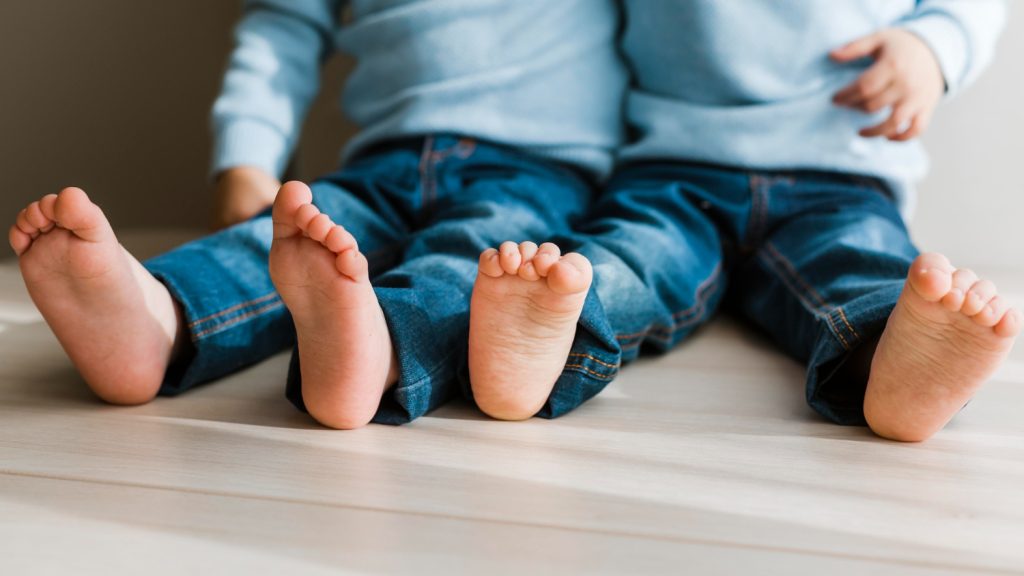What You Need to Know About Bunions and Hammertoes
Ouch! The Ugly Truth About Bunions and Hammertoes Have you ever looked down at your feet and spotted an unsightly lump on your big toe joint or a crooked, bent toe? If so, you may have a bunion or hammertoe – two common foot deformities that can cause pain, discomfort, and embarrassment. Both conditions are caused by an abnormal alignment of the bones in the foot, and they can be made worse by wearing shoes that are too tight or narrow. Bunions Vs. Hammertoes Bunions form when the joint at the base of your big toe starts sticking out, pushing the big toe toward the others at an abnormal angle. Hammertoes are when one or more of your toes become permanently bent, usually at the middle joint, causing them to resemble a hammer or claw. But how do these misshaped toes actually happen? Bunions typically develop from years of wearing narrow, ill-fitting shoes that squash the toes. The main cause of hammertoes is when the tendons and ligaments become tight. Conditions like arthritis can also contribute over time. Treatment for Bunions and Hammertoes The good news is there are options for relieving the pain and improving the appearance of bunions and hammertoes. Treatment options include: Non-surgical treatments Non-surgical treatments for bunions and hammertoes include: Wearing shoes that are wide and roomy in the toe box. Using orthotics or inserts to support the foot and align the toes. Taking over-the-counter pain medication. Applying ice or heat to the affected area. Getting physical therapy to stretch and strengthen the muscles in the foot. Surgical treatments Surgical treatment for bunions and hammertoes is usually only recommended for severe cases. It can vary depending on the specific condition and the severity of the deformity. Visit your podiatrist to decide the best treatment for you will depend on the severity of your condition. Prevention of Bunions and Hammertoes The best way to prevent bunions and hammertoes is to wear shoes that are wide and roomy in the toe box. You should also avoid wearing shoes that are high heels or that have pointed toes. If you have a family history of bunions or hammertoes, you may be at increased risk for developing these conditions. In this case, it is important to be extra careful about the type of shoes you wear. Takeaway message So, if you spot an unsightly lump on your big toe or a crooked hammertoe, don’t panic – there may be simple changes you can make or treatments you can try before resorting to surgery. With the right care and comfortable footwear, your toes don’t have to resemble twisted roots for the rest of your days. With a bit of TLC, they may just be dancing in your sandals this summer!
What You Need to Know About Bunions and Hammertoes Read More »










